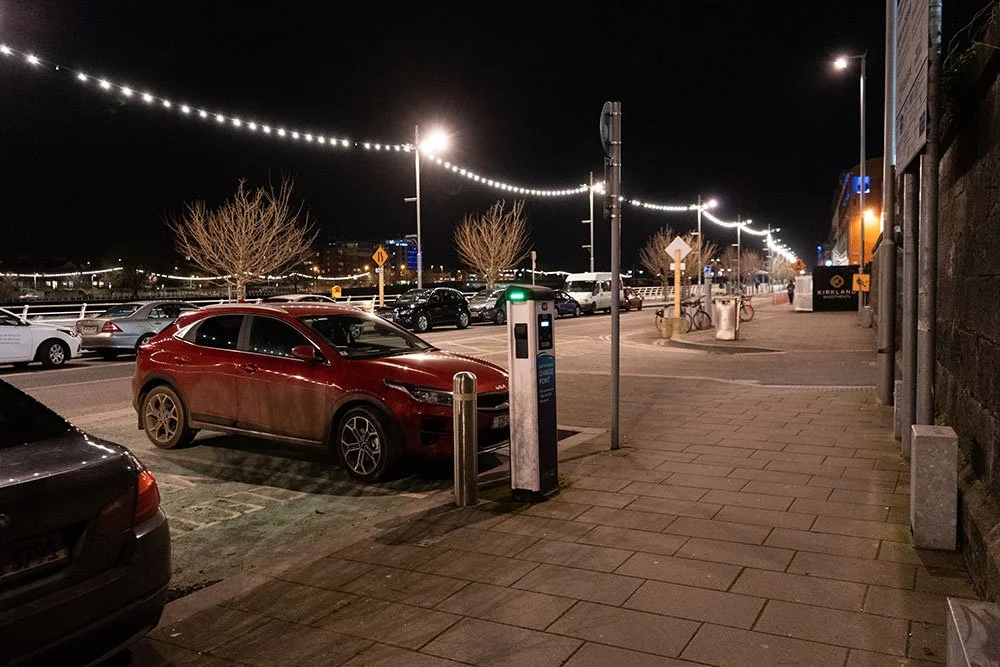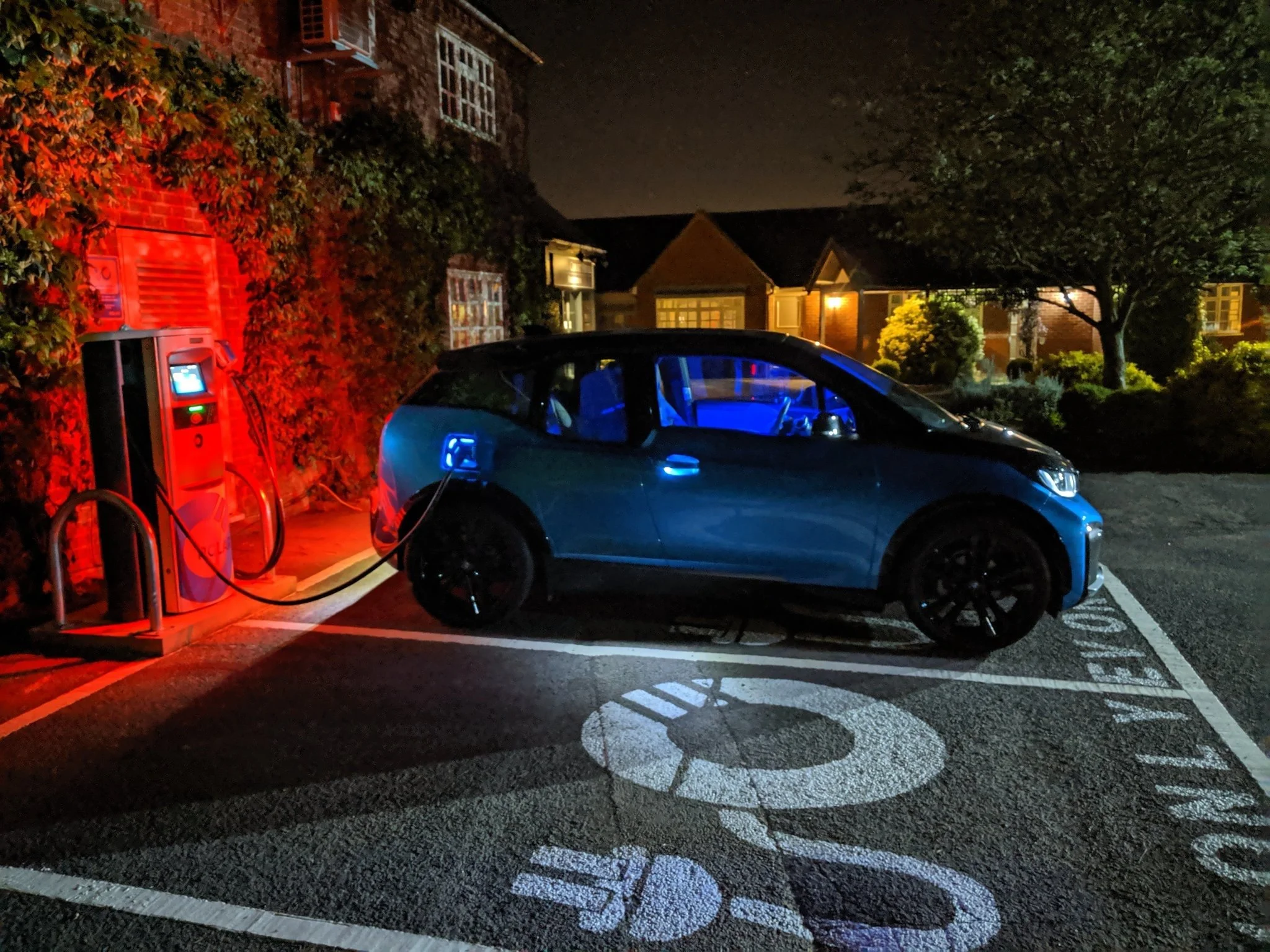
EV Charging Operators Must Take Women’s Safety Seriously
Last November we wrote about the major safety concerns that many women have at public EV charging points, stemming primarily from the lack of proximity to facilities, the lack of light and shelter, and the lack of any security systems.
Sadly, since the publication of that article, the nation of Ireland has once again been confronted with the harrowing issue of femicide following the killing of school teacher Ashling Murphy. The stark truth is that women’s safety is still not taken seriously or treated as a priority in Ireland.
Given the major misgivings about the lack of consideration given to women’s safety at public EV chargers, we contacted the major operators in Ireland to understand what they are doing to tackle this issue.
Step Up
Sharing our previous article, we contacted ESB, EasyGo, IONITY, Applegreen and Circle K to address three key questions:
Do they acknowledge the design flaws in public charging infrastructure which make female drivers feel unsafe?
Have they chosen to forgo these elements for financial reasons?
What action will they be taking to implement more inclusive design into public charging facilities from the start? And will these be retrofitted to existing chargers?
At the time of publication, neither EasyGo nor Applegreen have chosen to respond to our enquiry.
A representative from Circle K has said that they will not be responding at this time, but they are willing to discuss this issue in the near future.
IONITY
For those unfamiliar with IONITY, they specialise in high-power rapid chargers and current have three chargers in Ireland on the major arterial roads leaving Dublin.
There is a notable difference between the likes of IONITY and other charging providers in this respect. As a young company they have clearly been designed from the ground-up with inclusivity and accessibility in mind, and this is evident in their responses.
While Andreas Atkins, Country Manager UK & Ireland for IONITY, didn’t expressly acknowledge the concerns around women’s safety at EV charging sites, he did comment:
Rapid chargers at service stations may be well lit, but the lack of proximity to shops and facilities can be of concern from a safety perspective - especially at night. Credit: Audi
“If sufficient lighting is not available on a landlord site, we do provide and install our own lighting columns to ensure sufficient light on all our high-power charging sites in the UK (and Ireland), as well as the rest of Europe.”
Regarding the issue of shelter and proximity to facilities such as service stations, he commented:
“Throughout Europe our high-power charging hubs are mostly located at rest stops along motorways - these are subject to building regulations that have to be observed.”
“In addition, our focus in the first four years of IONITY was on quickly building the network to provide basic high-power charging infrastructure in 24 European countries. Now that a solid foundation has been laid - with more than 1,600 charging stations - the focus is increasingly shifting to convenience aspects, which we have gradually tackled in parallel with the accelerated expansion. We have just installed our first canopies in France and are planning to introduce canopies in the UK very soon.”
Mr Atkins also addressed our concerns about more inclusive design:
“We already cater for inclusive design from the start on our sites. We plan for 3 to 3.5 m wide bays that can cater for accessibility. This includes chargers on the same level as the car park bay and not up on a curb. Also, the crash bollards are set wide enough to enable wheelchair access. An example is our Cobham Extra Services site where we have wheelchair access.”
While, regrettably, he did not address our concerns specifically about women’s safety at IONITY EV chargers, it is clear that they are already addressing many of the factors which have been noted by female EV drivers as contributing to their sense of unease.
While ESB claims its chargers are in “busy, well-lit locations”, we encountered just a handful of people across multiple sites while taking the photos of this article in Limerick city. Credit: IrishEVs
ESB
While we are entirely neutral, we were particularly interested to hear how ESB would respond to our enquiry, given that the Irish Government has majority ownership of the company.
Sadly ESB’s initial response to our enquiry read like a marketing document, with their spokesperson choosing to focus on promoting their wider rollout, rather than addressing the specific issue of women’s safety:
“As part of its commitment to investing in, developing and expanding the public EV charging network, ESB is currently rolling out 50 high power charging hubs primarily located at motorway and national road service stations across Ireland.”
“All of these sites are or will be fully accessible and situated within service areas which are well lit and serviced by food outlets or convenience shops.”
“These hubs can charge between three and eight vehicles simultaneously and are capable of providing up to 100 km of electric driving range in as little as six minutes. This work is part of a €20m investment to expand and enhance the charging network across Ireland and is part funded by the Government’s Climate Action Fund. This network will help meet the charging requirements of electric vehicles in the coming years.”
“The remaining numbers of ESB chargers are located at various locations such as railway stations, shopping centres and various on-street locations. The sites are chosen to be in prominent, easily accessible, busy and well-lit locations in towns and cities across Ireland. On-street lighting is provided by, and is the responsibility of, the local councils.”
“Your query and previous article also references workplace and destination type charging facilities - these are not the responsibility of ESB and we recommend that individual queries are directed to the relevant hotel or business owners.”
“ESB regularly surveys its customer base to provide drivers with the opportunity to give feedback and make suggestions about how to improve the network. Out of over 9,000 suggestions in the last survey (December 2021), lighting has not emerged as a concern for EV drivers. We appreciate all the feedback we receive and we regularly put plans in place to act on customer suggestions and improve the EV charging experience and infrastructure.”
Only when we pushed back and stated our concern that their answers did not address the specific questions, instead choosing self-promotion over the very serious and real issue of women’s safety, did ESB issue the following generic PR statement:
“The safety of all of our customers is of paramount importance to ESB and is a key consideration in the decision making process of where ESB EV charge points are located throughout Ireland. ESB works with local councils and site owners to ensure chargers are located in heavy footfall, busy and well-lit locations to make charging as convenient and safe as possible for all customers.”
Listen To Women
While it is important to give EV operators an opportunity to comment, it is more important that the voices of women are listened to and believed.
As such, we want to offer a platform for some of the women that we spoke to about this issue.
Kate Tyrell, commented: “I have been driving an EV for 16 months now and my job means I travel a lot, so public charging is very familiar to me. Two major oversights by networks include safety and accessibility, so I am reassured by Ionity’s response where they ensure sufficient lighting is fitted if the location is lacking.”
This image from the US, is a great illustration both of the issue of women’s safety at public EV chargers - and that this is an issue across the industry: Credit: Bradley Wilkinson
“However, where ESB reference workplace and destination charging, they need to acknowledge that if they are selling a unit, there should be a duty of care to ensure the environment is appropriate for the purpose. Sure, a chargepoint in the car park of a supermarket or railway station at first glance would seem ok, but that is in daylight hours. I have been sat in a Lidl carpark at 11.45pm in the pitch black, terrified because there was no human activity and I was hidden away in a dark corner.”
“We are sitting ducks. Women are placed into an unacceptable vulnerable position, it’s a case of park up, unlock the car, get out with a debit/credit card, mobile phone and keys in hand to start a charge – looking at a tiny LED screen, with their back turned to the vehicle. Then whilst you wait for the charge, it’s a case of having your wits about you, constantly see if anyone is nearby who may be suspicious, before exiting the car to unplug and the whole time it is absolutely possible an attack could occur.”
“We are sitting ducks. Women are placed into an unacceptable, venerable position”
“I respect this is a concern for everyone, but at a time where women can’t walk home, or go for a jog, without fear of losing their lives – how are we supposed to feel safe charging our car? The chargepoint networks need to be held accountable for providing better facilities, retrospectively upgrading existing units and being more considerate of safety and accessibility concerns when selecting future charge sites. EV’s are the future, so let’s ensure it is safe.”
Gill Nowell - a well known figure in the UK EV community, who has been driving electric cars for 10 years - said: “As an electric car driver, I expect to feel safe on the road and when I am charging in a public place. I’ve been an EV driver for three years and whilst I do the vast majority of my charging at home, overnight, I do occasionally use public chargers. And sometimes these chargers are behind a hotel, or in the corner of a large, deserted car park. It strikes me that such locations are chosen for many factors other than safety, especially when the lack of lighting is so apparent.”
“I know of some great examples of well-lit, ostensibly safe charge point locations. But whilst some charge point operators seem to be well ahead in their thinking on personal safety at their charging sites, others aren’t quite there yet. Government and industry stakeholders need to work together to look at the safety aspect of where charge points are installed so that they are safe to use at night, and aren’t in places which force people to compromise their safety in order to avoid running out of charge.”
Streetlighting might be present at EV chargers - but even walking around the streets they were hard to spot. We waited at this spot for 5 minutes and saw only four cars and two people pass by. Would you use this site? Credit: IrishEVs
Christine Burns MBE – an EV driver for 6 years – shared her views: “As a veteran of lone long distance driving I have a long-standing risk minimisation script as a woman travelling alone. Unless I know the area really well, I try to stick to the rule of being in my hotel or destination before dusk.
“Even in daylight, though, I am appalled by the dangerous siting of many rapid chargers – often in quiet lonely corners and not overlooked. The risk in daylight, as I see it, is that your car is immobilised when charging, so you can’t just drive away to safety. You’re marooned. It’s not just a fear of sexual assault, but being an isolated sitting duck for muggers.”
“Lighting alone is not the solution. The risk demands a fully thought-through holistic approach. Busy hubs are a definite bonus – the risk there is more like that on a petrol station forecourt – but there’s still the major difference that forecourts have staff present at all times.
“You’re marooned. It’s not just fear of sexual assault, but being an isolated sitting duck for muggers”
Jess Shanahan, said: “It's a sad fact that most women gravitate to the safest spots without really thinking about it. It's part of our nature to seek out well-lit public spaces in order to avoid danger. I don't often charge alone but when I do, I make sure I'm at a service station. Most are fine but there are some where the chargers are quite a distance from the main building, warranting a walk through an often-dark carpark. Making sure the charging area is well-lit is great but it's only half the battle.”
“It concerns me how unwilling providers are to talk about this issue. Focussing on accessibility is great but skirting around the wider issue of safety helps no one. These companies should be talking openly about this issue and working with women to find solutions.”
“It is obvious from the location of charge points that personal safety was not taken into account, particularly the safety concerns of women”
Anna Pringle, commented: “I’ve been an EV driver for 18 months now, and have been all round the country with it. I’d like to see more chargers available, and better lighting is definitely required. Also for people starting off, the chargers are not that intuitive to use, and a bit glitchy.”
“I’ve found myself helping women figure out how to use them in several locations around the country, and I can image this makes women a bit vulnerable too. I’ve had one experience where we plugged in our car overnight in a dark empty car park not near a main street. I was with my husband at the time, but I do remember looking around and thinking I wouldn’t be very comfortable doing this on my own.”
Anna Creegan, who has been an EV driver for three years, shared: “In my experience, ESB’s comments regarding on street charge points are not correct. I live in Limerick and the city has four charge points. None are on the main street – O’Connell Street – and none are on the streets adjacent to O’Connell Street. In fact at night none are in ‘in prominent, easily accessible, busy and well-lit locations’”.
“They are all a number of blocks from the main street and away from busy areas at night. One is blocked from a busy street by a public toilet unit. I would never consider charging my car at night in Limerick city.”
“It is obvious from the location of charge points that personal security was not taken into account, particularly the safety concerns of women. While the charge points themselves may be well lit the environment around the car is not so at night it is a very lonely and dark place to be. We want charge points to be in (as the ESB stated) in prominent, busy, well lit locations, but these locations need to offer this 24 hours.”
Make Your Voices Heard
We don’t know about you, but we are tired of only hearing polished PR lines on these issues which never address the question or seek to enact the necessary changes needed.
We have previously written about how PR agencies are impacting the Climate Crisis – something that was brought back into the news this week with Clean Creatives’ excellent new campaign. And now it seems that many corporations are happy to either brush away legitimate enquiries with empty, self-promotional words – or shirk their responsibility to address the issue of women’s safety at all.
If you feel the way we do about this issue, please make your voices heard.
Promises of well-lit, high footfall, busy locations may ring true during the day, but we need to ensure this 24 hours a day. Credit: IrishEVs
Share this article on social media, tag the brands involved, participate in the likes of ESB’s survey and make this issue unavoidable for them.
We cannot allow this issue to rest, or wait until a female EV driver is assaulted or worse. We must tackle this issue now.
What To Read Next
Petro-Masculinity: Gender & the Climate Crisis
Find out more about the role of Petro-masculinity in making women the world over considerably more vulnerable in the face of the Climate Crisis than they already are
Safety & Security At EV Charging Points
We highlight the disproportionate personal safety concerns that female EV drivers have experienced at public charging points, and how they can be addressed







